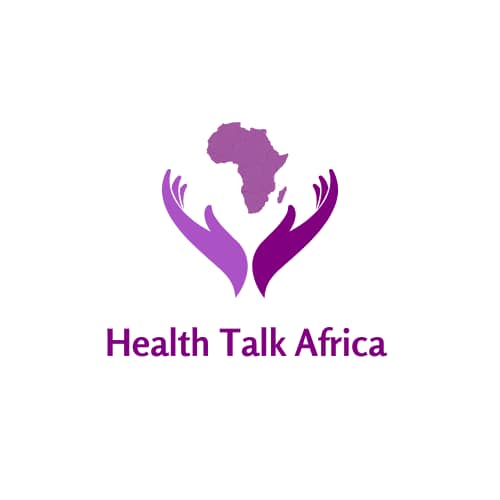Female genital mutilation (FGM) is a traditional harmful practice that involves the partial or total removal of external female genitalia or other injury to female genital organs for non-medical reasons.

It is estimated that more than 200 million girls and women alive today have undergone female genital mutilation in the countries where the practice is concentrated. In addition, every year, an estimated 3 million girls are at risk of undergoing female genital mutilation, the majority of whom are cut before they turn 15 years old.
A violation of rights with no medical justification
FGM has no health benefits. It can lead to not only immediate health risks, but also to long-term complications to women’s physical, mental and sexual health and well-being.
The practice is recognized internationally as a violation of human rights of girls and women and as an extreme form of gender discrimination, reflecting deep-rooted inequality between the sexes. As it is practiced on young girls without consent, it is a violation of the rights of children. FGM also violates a person’s rights to health, security and physical integrity, the right to be free from torture and cruel, inhuman or degrading treatment, and the right to life when the procedure results in death.
As part of the Sustainable Development Goals, the global community has set a target to abandon the practice of female genital mutilation by the year 2030.
Affecting 200 million women and girls worldwide
While the exact number of girls and women worldwide who have undergone female genital mutilation remains unknown, at least 200 million girls and women alive today have been subjected to the practice, according to data from the 30 countries where population level data exist. The practice is mainly concentrated in Western, Eastern, and North-Eastern regions of Africa, as well as in some countries in the Middle East and Asia.
With growing migration, there has been an increase in the number of girls and women in Europe, Australia and North America, who have either undergone female genital mutilation or who may be at risk of being subjected to the practice. FGM is therefore a global concern.
Efforts are needed to avoid putting more girls and women at risk
While there has been an overall decline in the prevalence of FGM over the last three decades, not all countries have made progress and the pace of decline has been uneven. Current progress is insufficient to keep up with increasing population growth. If trends continue, the number of girls and women undergoing FGM will rise significantly in the next 15 years.
No benefits, only harm
FGM has no medical justification and no health benefits. Rather, it increases the risks of physical, mental and sexual health complications, both in the short-term and in the long-term. It involves removing and injuring healthy and normal female genital tissue, interfering with the natural functions of girls’ and women’s bodies. It is a harmful practice and is unacceptable from a human rights and public health perspective.
The World Health Organization WHO is opposed to all forms of FGM.
The importance of health care providers to “do no harm”
In the recent years, there has been a dramatic increase in the proportion of FGM carried out by trained health care personnel (a phenomenon known as medicalization of FGM). In many settings, health care providers perform FGM due to the belief that it is safer when medicalized. However, WHO is strongly opposed to health professionals performing FGM and urges all health workers to uphold the medical code of ethics to “do no harm”. Medicalization of FGM normalizes and condones the practice, and hinders long term efforts for abandoning this grave violation of the human rights of women and girls.
Health care providers as agents for change
WHO recognises the important role that health care personnel play in supporting and improving the health and well-being of girls and women living with FGM. Moreover, WHO acknowledges the unique position that midwives and nurses may have to influence and change attitudes towards FGM amongst their patients because of their close contact with practicing communities and since they provide the majority of health care in primary health care settings. WHO aims to help empower health providers through strengthening their knowledge about the practice, so that they in turn can act as influential agents for change.
WHO efforts to preventing and treating FGM

WHO uses a public health approach to FGM and works to ensure that girls and women living with FGM receive quality medical care and counselling, as well to develop evidence and advocacy tools to support efforts to prevent FGM. Efforts include:
- developing guidelines, tools, training and policy to ensure that health professionals can provide medical care and counselling to girls and women living with FGM;
- building evidence about the causes and consequences of the practice, including why health care professionals carry out procedures;
- strengthening person-centered communications and personal skills needed by nurses and midwives to communicate effectively, empathically and in a sensitive way when discussing FGM and offering prevention services;
- developing publications and advocacy tools for international, regional and local efforts to end FGM, including tools for policy makers and advocates to estimate the health burden of FGM and the potential public health benefits and cost savings of preventing FGM.
Reference
- Female genital mutilation: World Health Organization

Rites like this should be abolished. It doesn’t make sense